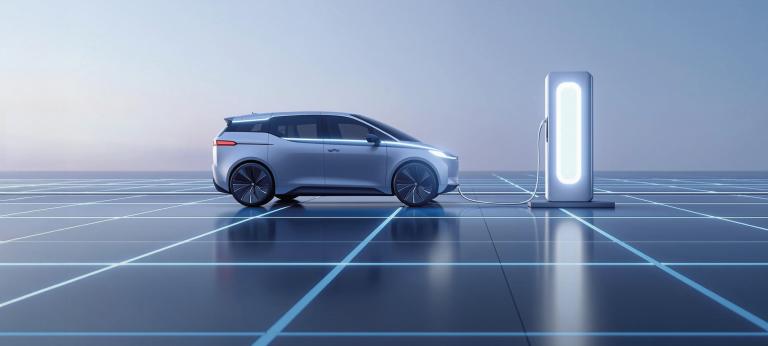EV Charging Index 2025: Steady progress
Despite tough market conditions, global EV use and charging infrastructure showed continued steady growth in 2024. Learn more in Roland Berger’s latest EV Charging Index.


By Timothy Wong
Malaysia has consolidated its place just below halfway in our EV Charging Index and faces a pivotal moment in its EV transition. The government has set ambitious targets, backed by financial incentives and the National Energy Transition Roadmap (NETR). Yet hurdles remain, including charging infrastructure gaps, high costs and a rapidly evolving market.

In 2024, Malaysia sold 23,600 EVs, more than double the rate in 2023. Like in most Southeast Asian countries, lower car usage and maintenance costs than traditional internal combustion engines are identified as the main reasons that motivated Malaysian battery electric vehicle adopters, closely followed by taking action for the environment.
However, its sales penetration rate stands at just 3%, well below neighboring countries such as Singapore at 30%, Vietnam and Thailand at 20%, and Indonesia at 8%.
There is a big gap between where Malaysia stands now and where it wants to be in its EV journey. According to the country’s energy transition roadmap (NETR), Malaysia is aiming for an EV sales penetration rate of 20% by 2030, rising to 80% by 2050. To spur adoption, fully imported EVs enjoy 100% duty exemptions until 31 December 2025, as stated in the national fiscal budget for 2023.
"Malaysia is making good e-mobility progress, but there is still a significant gap to the government’s targets."
Like its EV sales numbers, Malaysia’s charging infrastructure is on the rise, with the number of public charge points seeing a 153% increase in 2024. The percentage of faster DC charge points is 30%, just below the average in Southeast Asia of 34%.
However, meeting the government target of 10,000 public charge points by the end of 2025 seems optimistic – at the end of 2024, Malaysia had just 3,600.
There is also a lack of coverage in some of the country as much of Malaysia’s public charge points are concentrated in Selangor and Kuala Lumpur. Rural areas and highways, particularly on the east coast, remain underserved.
Our survey suggests Malaysia’s EV drivers feel there is plenty of room for improvement in the charging experience. Half of respondents said charging takes too long, while two-thirds described the country’s charging infrastructure as insufficient, which is significantly higher than in other Southeast Asian countries.
To accelerate EV charging infrastruture development, Malaysia has rolled out several key measures.
These policies aim to galvanize private-sector investment and close the infrastructure gap – critical steps to realizing Malaysia’s e-mobility ambitions.
Several Malaysian state authorities are ramping up efforts to expand EV charging networks and support the growing adoption of EVs.
In the south, Johor aims to increase EV registrations from 977 to 15,840 by 2030, requiring 1,245 charging stations (up from 377 currently). The move also targets neighboring Singaporean EV users ahead of their 2030 clean energy transition.
Nearby Melaka plans to add 300 new charging stations (currently 132) in the next two years, focusing on tourist areas with private-sector support.
In central Malaysia, Pahang, partnering with Volt Industries, will install charging stations in every district – an investment of around MYR 250 million (USD 60 million).
Lastly, Negeri Sembilan has committed to deploying EV charging bays to help meet the national target of 10,000 charging points by 2025.
Register now to to discover the latest insights, emerging trends and upcoming challenges in the EV and EV charging markets.